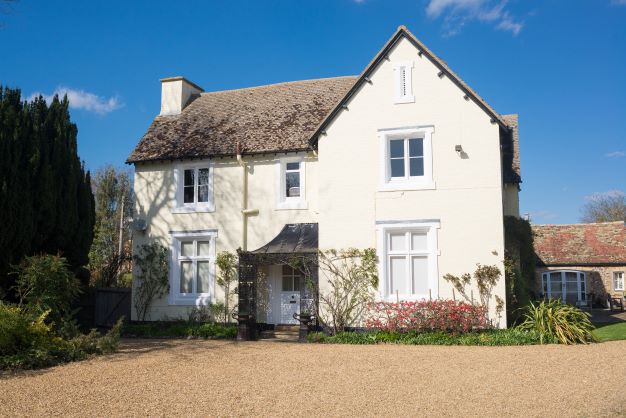Although buying a modern house has many apparent benefits, period homes are hard to beat if architectural charm and a feeling of history are what you'
Although buying a modern house has many apparent benefits, period homes are hard to beat if architectural charm and a feeling of history are what you’re after.
Despite this, purchasing a historical building is more difficult than you may imagine. The longevity of a structure does not imply that it was built with high-quality materials. Both care and maintenance may call for specialised building expertise and materials, which might be pricey. Your acquisition might wind up being more of a headache than the dream house you were hoping for, depending on the property’s age and condition, whether it is located in a protected area or has been given listed building status.
Here are the 6 things to watch out for when purchasing an old house discussed by one of the leading estate agents in Bishops Cleeve:
Structural Issues:
One of the most important things to look out for when buying an old house is structural issues. This includes things like foundation problems, roof damage, and problems with the walls or floors. These issues can be costly to fix and can significantly impact the value of the property. It is important to have a professional surveyor assess the property before making a purchase to identify any potential structural issues. The majority of buildings built before 1919 were erected without a moisture-proof barrier or membrane. When examining a historical building for dampness, use both eyes and nose. Even if you can’t see dampness, sometimes a musty scent may let you know it’s there. Pay great attention to the ceilings, walls, and skirting boards since visual cues can be found there, especially on exterior walls.
Asbestos:
Asbestos was widely used in construction in the UK until the late 1980s, so it is important to check for its presence in an old house. Asbestos is a harmful substance that can cause serious health problems if inhaled. If you suspect that the house may contain asbestos, it is important to have it professionally removed by a licensed asbestos removal company.
Electrical and Plumbing:
In older homes, the plumbing, heating, and electric systems can all be horribly neglected and frequently rendered inoperable, necessitating pricey repairs. A pre-purchase plumbing inspection may be a very wise investment because plumbing installation rules and regulations are continuously changing and being upgraded to make houses safer. In addition to outdoors, the bathroom, and beneath the kitchen sink, inspect the plumbing for leaks and indications of water damage. Examine the boiler and request to examine any pertinent documentation, service certificates, and warranties so you may determine when a replacement could be necessary.
Energy Efficiency:
In this age of climate change, energy efficiency and insulation are hot subjects, and a well-insulated home may have a significant impact on both your indoor comfort levels and your heating costs. For this reason, it’s crucial to learn how much insulation the structure already has by examining loft and water pipe insulation levels, for example. Older houses may not be as energy efficient as newer ones, which can result in higher energy bills. Look for features such as double-glazed windows, insulation, and energy-efficient boilers to help reduce energy costs.
Discover how to qualify for an ECO scheme external wall insulation grant by reading Warma UK’s guide, ensuring eligibility and potential cost savings for energy-efficient home improvements.”
Location:
Location is an important factor to consider when buying any property, but it is especially important when buying an old house. Look for houses that are located in desirable areas with good schools, transport links, and amenities.
Renovation Costs:
Renovating an old house can be a rewarding experience, but it can also be a costly and time-consuming process. It is important to carefully consider the potential renovation costs before making a purchase, as this can significantly impact the overall cost of the property. In general, you’ll require a sizable expenditure to modernise a historic building, potentially in excess of the price of the home. When you have the design finalised, a valuer would be able to provide you with more cost-related advice. It’s best if you can regulate these expenditures as soon as possible.
In conclusion, there are several things to look out for when buying an old house in the UK. Structural issues, asbestos, outdated electrical and plumbing systems, and energy efficiency are all important factors to consider. It is also important to consider the location and potential renovation costs of the property. By thoroughly researching these factors, you can make an informed decision and find the perfect old house to call home.



















































































































COMMENTS